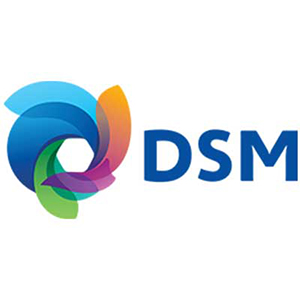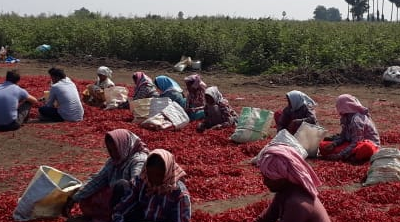

Improving Dairy Sustainability through feed additives and micronutrient supplementation
Project characteristics
Location: Global scope
Commodities: Dairy
Scale: Global, depending on the feed additive and micronutrient solution availability and the different diet’s raw materials used (Enzymes and vitamins are globally available, Bovaer registration in EU expected in 2021)
Start & end date: Started in 2010, no planned end date
Project phase: Enzymes and vitamins are globally available, Bovaer registration in EU expected in 2021, other regions to follow
Farming Model: All Dairy Farms (except for 100% pasture)
Type of sourcing: Feed additives and micronutrient solutions are sourced by Dairy Farmers through their regular feed mill
Key partners: Danone Farming 4 Generations Consortium
Project details
Description: Using feed additive and micronutrient supplementation in the feed of ruminants to improve their health status, performance and reduce the environmental footprint of milk, improving its overall sustainability.
- Support farmer livelihoods, improving their profitability.
- Reduce GHG emissions, the use of natural resources, the eutrophication potential and other environmental footprints per kg of Fat Protein Correct Milk
- Reduce absolute enteric methane emissions
Practices: As demonstrated by the recently published FAO LEAP guideline Environmental performance of feed additives in livestock supply chains, the production and the use of feed additives influence the environmental impact of livestock production. The use of feed additives significantly acts on feed efficiency, and thus animal and environmental performance.
Feed additives and micronutrient solutions are easily implemented at the dairy farm as many farmers are using some type of feed supplementation. Different micronutrients have their own specific beneficial effects as listed below, and collectively they work to improve the health, feed efficiency and fertility of the animals(independent of breed or location), resulting in less illnesses and better performance, thereby improving the farmer profitability and lowering the milk environmental footprints. There are documented cases of GHG emission (in CO2e) reductions of up to 20%, eutrophication potential drops by more than 10% and land use reductions by 9%, reducing substantially the pressure of milk production on the environment with the simple addition and change of components to the feed formulation. Compounded with more complex changes to genetics, good farming practices and inputs to production, they provide a solid bases on a pathway for a more sustainable and, why not, even an environmental neutral milk.
Specific benefits of feed additives and micronutrients:
- Vitamin E, via its anti-oxidative properties, supports tissue function and particularly supports udder health exposed to milking stress factors.
- 25(OH)D3 (25-hydroxycholecalciferol) is an advanced source of Vitamin D with a higher potency than Vitamin D. 25(OH)D3 in dairy cows supports tissue function and thereof supports udder health exposed to milking stress factors. It also supports fertility. Via its role on calcium metabolism it supports calcium homeostasis upon lactation onset
- Biotin supports horn tissue synthesis and thereof supports healthy hooves
- Beta-carotene is documented for its effect on cows fertility, via its antioxidant effects
- Amylase fed to dairy cows enhances the digestion of starch and thereof facilitates the overall rumen digestion processes
- Bovaer (3-NOP) is a methane inhibitor. It diminishes specifically methane production in the rumen without prejudice to the ruminating function and overall animal metabolism
Interested to learn more about OP2B?
If you are a business that shares the coalition members’ commitment to
For more information on how to join the One Planet Business for Biodiversity coalition, please contact us.




